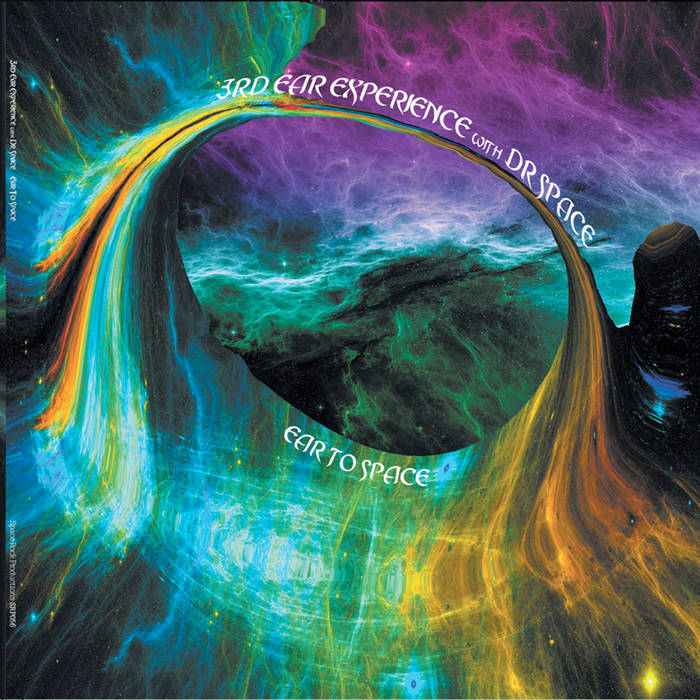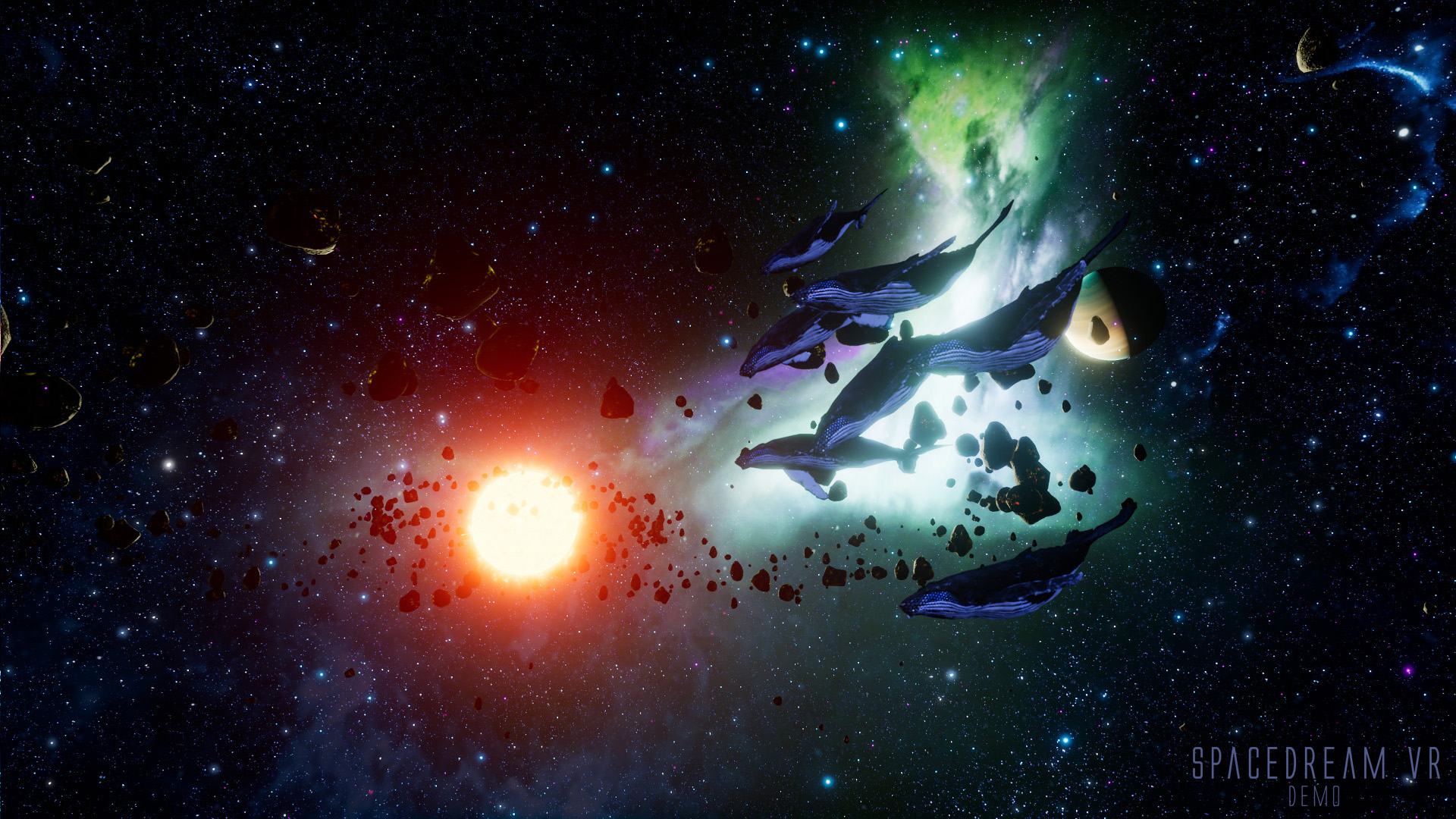
This way, the tension of the encounter (the question of where it will lead) is sustained until we return to Fermina’s POV.ģ. We see how the re-entry of Florentino into her life troubles Fermina, but we’re left waiting to see what action she takes next. Marquez’s choice of scene break is intelligent. ‘Florentino Ariza, on the other hand, had not stopped thinking of her for a single moment since Fermina Daza had rejected him out of hand after a long and troubled love affair fifty-one years, nine months, and four days ago.’ (p. The following chapter switches to Florentino Ariza’s point of view: Only then did she realize that she had slept a long time without dying, sobbing in her sleep, and that while she slept, sobbing, she had thought more about Florentino Ariza than about her dead husband.’ (p. ‘… she began to sob in her sleep, and she slept, sobbing, without changing position on her side of the bed, until long after the rooster’s crowed and she was awakened by the despised sun of the morning without him. The chapter ends with the widow’s point of view, after all the mourners have left: The first chapter ends after Florentino (inappropriately, just after the Dr’s funeral) declares his undying love to Fermina.

The first chapters of the novel give us the private histories of each of these three characters. Gabriel Garcia Marquez’s novel Love in the Time of Cholera (1985) begins with the death of Dr Juvenal Urbino, and proceeds to chronicle the unrequited love affair between the late Dr’s widow, Fermina Daza, and one Florentino Ariza.
You can add variety to the events of your story by introducing new subplots. You can explore another character’s intertwining life and history. A POV change lets you show events from another character’s perspective. When a chapter or scene ends, and we have reached a new point in learning more about a character or their history, switching to another character’s point of view is useful because: 2: Use scene or chapter breaks to switch between characters’ POVs Separating your time-frames this way is one way to create a rich sense of character history. She then satisfies this curiosity after a mid-chapter break by giving us history that fills in colour. Smith creates curiosity about what led Archie to this low point. ‘The first spring of 1946, he had stumbled out of the darkness of war and into a Florentine coffee house, where he was served by a waitress truly like the sun: Ophelia Diagilo, dressed all in yellow, spreading warmth and the promise of sex as she passed him a frothy cappuccino.’ (p. We learn the formative experiences that led Archie to this point: 8)įrom here, the chapter heads back in time to the years after World War II. ‘Archie Jones attempted suicide because his wife Ophelia, a violet-eyed Italian with a faint moustache, had recently divorced him.’ (p. The chapter shifts from current events to Archie’s backstory, as Smith shares the reasons behind Archie’s attempt: The most common symbol for scene breaks mid-chapter is three asterisks, ***. Smith follows the ending of this scene with a line break, then a symbol to mark the scene break. ‘Archie, still choking on thankyous, reversed, pulled out from the curb, and turned right.’ (p. In her first chapter, set in 19, the owner of a Halaal butchery saves Archie Jones from committing suicide in his car. Zadie Smith uses this type of scene transition effectively in her novel White Teeth (2000). Example of introducing backstory in a transition One way to use scene transitions is to switch between present experiences and backstory. There are many ways to use scene transitions and breaks in your book. 
Here’s how you can use scene breaks and transitions: 1: Use scene transitions to shift between time periods Writing good scene breaks and transitions will keep your story moving, even as you switch between settings (places and times) and viewpoints.

Scene breaks and transitions allow us to experience different narrative time-frames and situations involving different characters in short succession.







 0 kommentar(er)
0 kommentar(er)
